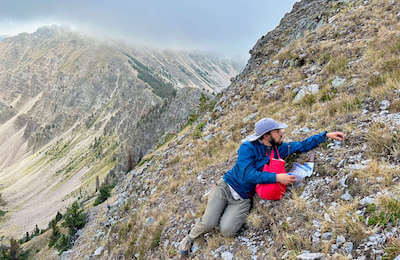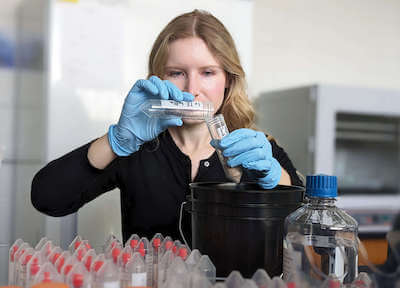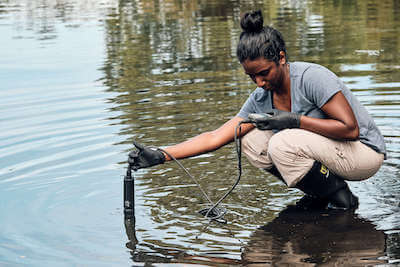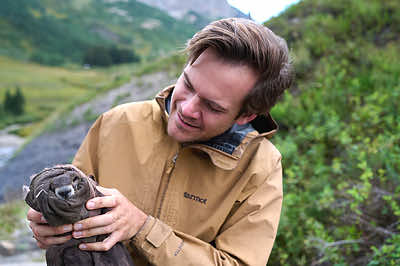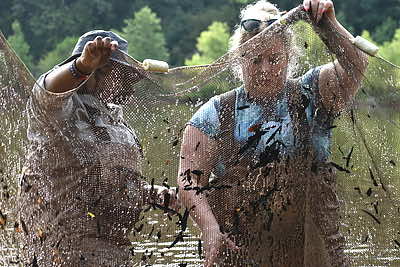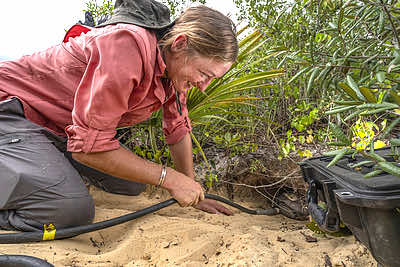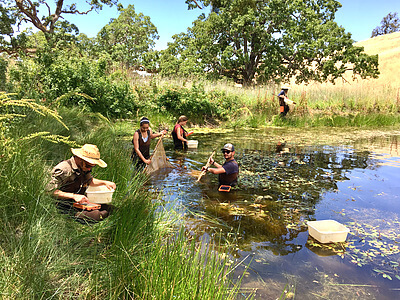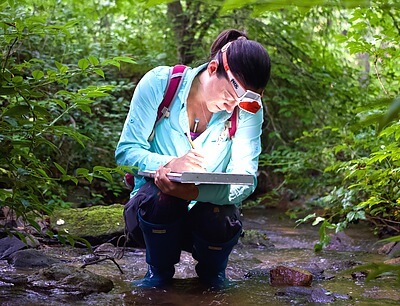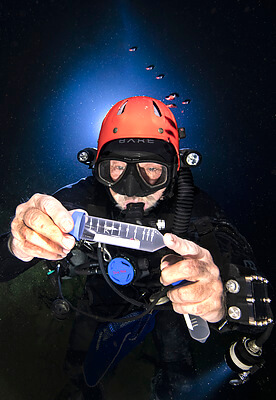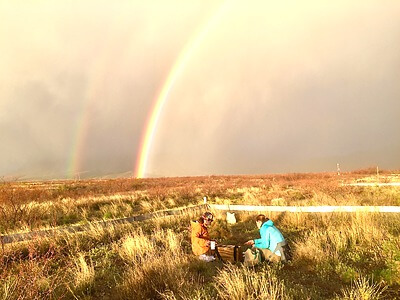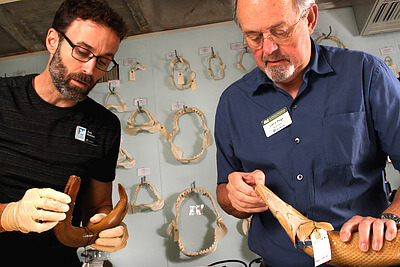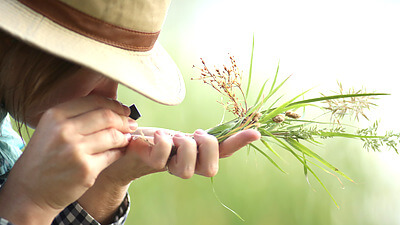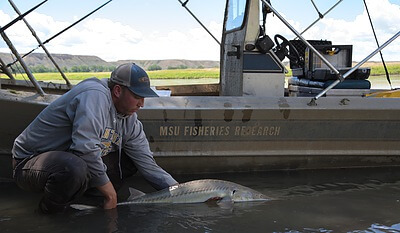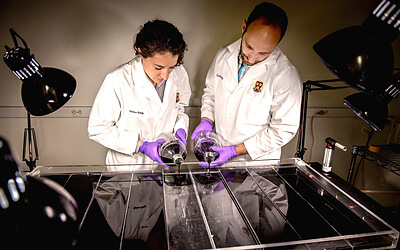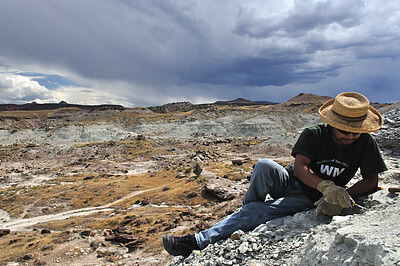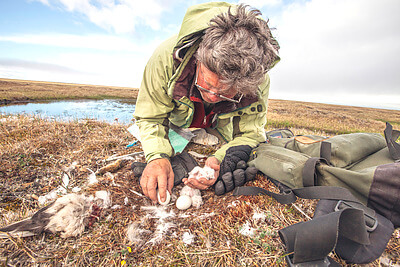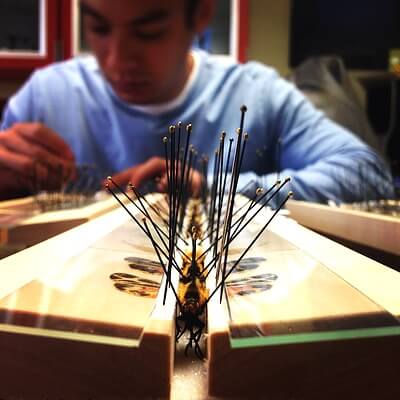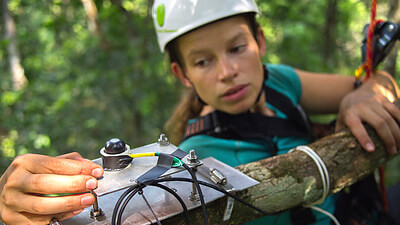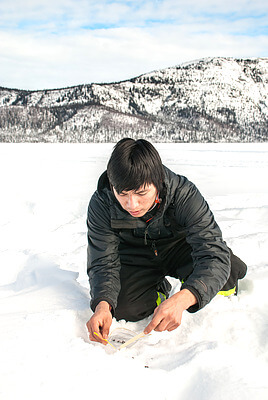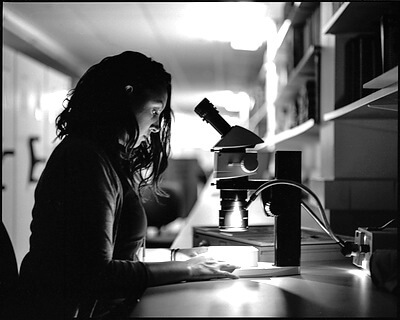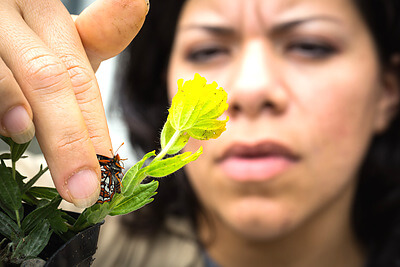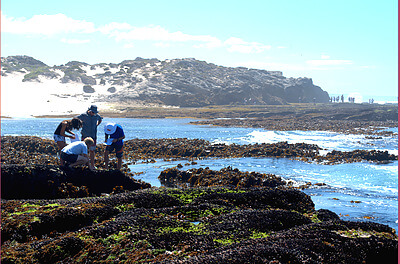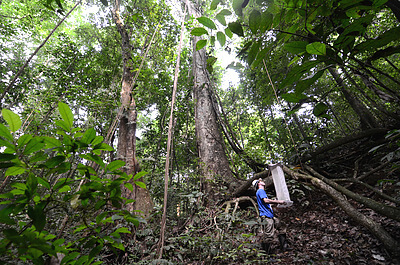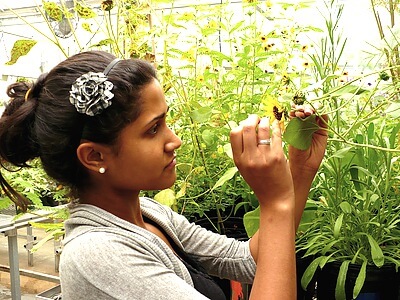Welcome to
The Faces of Biology Contest
Biological research is transforming our society and the world. Help the public and policymakers to better understand the breadth of biology by entering our Faces of Biology photo contest.
About the Contest
The theme of the contest is "Faces of Biology." Photographs entered into the contest must depict a person, such as a scientist, researcher, collections curator, technician, or student, engaging in biological research. The depicted research may occur outside, in a lab, with a natural history collection, on a computer, in a classroom, or elsewhere. Help communicate science through imagery.
In addition to our own support, the 2025 contest is graciously sponsored by:
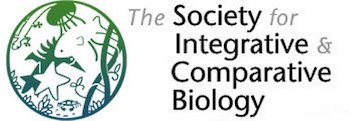
Prizes
The First, Second and Third Place Winners will:
- have their photos printed inside BioScience,
- receive a one year online subscription to BioScience, and
- receive the AIBS Member Society or Organization (MSO) discounted rate for one professional development workshop registration within 365 days of the announcement for the winning photos.
The First Place Winner will also have their photo featured on the cover of BioScience and will receive $250.
Read our official rules for entry
Official Rules 🏅
The Faces of Biology Photo Contest runs from April 1, 2025 to September 30, 2025, 11:59:59 pm ET. By entering, contestants agree to the rules and confirm their entry meets all requirements. Review the "Guidance on Photo Quality" below for tips.
The contest seeks photos of individuals (scientists, researchers, technicians, curators, or students) engaged in biological research or education. The activity can occur anywhere (e.g., outdoors, labs, classrooms, on computers) and should depict science in action. Photos can be from any time or place, in color or black and white. By submitting, entrants confirm they own the copyright or have authorization from any co-owners to grant licensing rights to AIBS and third-party sponsors.
Eligibility
The contest is open to U.S. legal residents aged 18+, and is free to enter. Employees, interns, officers, and board members of AIBS and third-party sponsors are not eligible.
What To Enter
Photos must depict individuals involved in biological research or education, showing science in action. Photos can be from any time or place, in color or black and white.
By entering, contestants confirm they own the copyright or have authorization from any co-owners to grant licensing rights to AIBS and third-party sponsors.
Do NOT submit photos that:
- Show nudity, violence, or hate symbols/acts
- Are illegal or prohibited
- Include watermarks, logos, or text overlays
All entries must include descriptive text providing context. Sponsors may edit and use this text publicly.
How To Enter
Follow the links to complete the form, upload one photo illustrating the theme, and include signed model releases if applicable. Up to three (3) submissions per contestant are allowed, but only one can win First, Second, or Third Place. Submit each photo individually, providing names and addresses that uniquely identify the single contestant submitting multiple photographs.
Photos must be in digital format (no mailed entries). High-quality scans of negatives, transparencies, or prints are accepted.
Submit in .jpeg, .jpg, .tiff, or .png format. Winners may need to provide a high-resolution file (400 dpi) in .tiff format.
Minor edits (e.g., cropping, color correction) are allowed. Significantly altered or AI-generated photos may be disqualified.
Photos must not infringe on privacy, trademarks, or intellectual property rights.
Sponsors may request original files to verify compliance.
Releases
Entrants must provide signed model releases for recognizable individuals, including themselves. For minors, a parent/guardian must sign. A sample release is available at this link. Failure to provide releases results in disqualification.
Winners may need to sign additional releases for third-party media use in scholarly publications.
Entry Deadline
All entries must be received by 11:59:59 pm ET on September 30, 2025.
Contest Prizes
Prizes will be awarded to:
- First Place: Photo featured on the cover of BioScience + $250
- Second & Third Place: Photos printed inside BioScience
- All winners: One-year online subscription to BioScience + discounted AIBS Member Society or Organization (MSO) rate for one professional development workshop
If the First Place winner cannot provide a high-resolution file (8.655" x 11" at 400 dpi), the photo may be published inside BioScience instead of on the cover.
Judging
Judges selected by the sponsors will choose one First, Second, and Third Place winner. Judging criteria:
- Relevance to the theme: 50%
- Creativity: 25%
- Composition, clarity, and technical quality: 25%
Winners will be notified by December 15, 2025. Judges' decisions are final.
License
By entering, contestants grant AIBS and third-party sponsors a non-exclusive, transferable, royalty-free, perpetual, worldwide license to use, reproduce, and create derivative works of the photos in any media for educational, promotional, advocacy, or non-commercial purposes. Uses may include:
- Publication in BioScience
- Photo contest promotion
- Use on AIBS websites and advocacy materials
Photos will include photographer credit when feasible. No additional consideration or approval is required.
Data Retention
AIBS will retain all submissions, including personal information, to fulfill contest aims and verify licensing rights.
Conditions
All submissions are welcome, but eligible entrants must be U.S. legal residents.
AIBS and third-party sponsors reserve the right to cancel, modify, or determine eligibility at their discretion.
Guidance On Photo Quality
Photos that utilize principles and rules for quality photo composition are typically ranked higher by our judges. We recommend guides by the good folks at Unsplash and Pexels.
Enter to Support Biologists & For Your Chance to Win
Our winners from 2011 through today!



